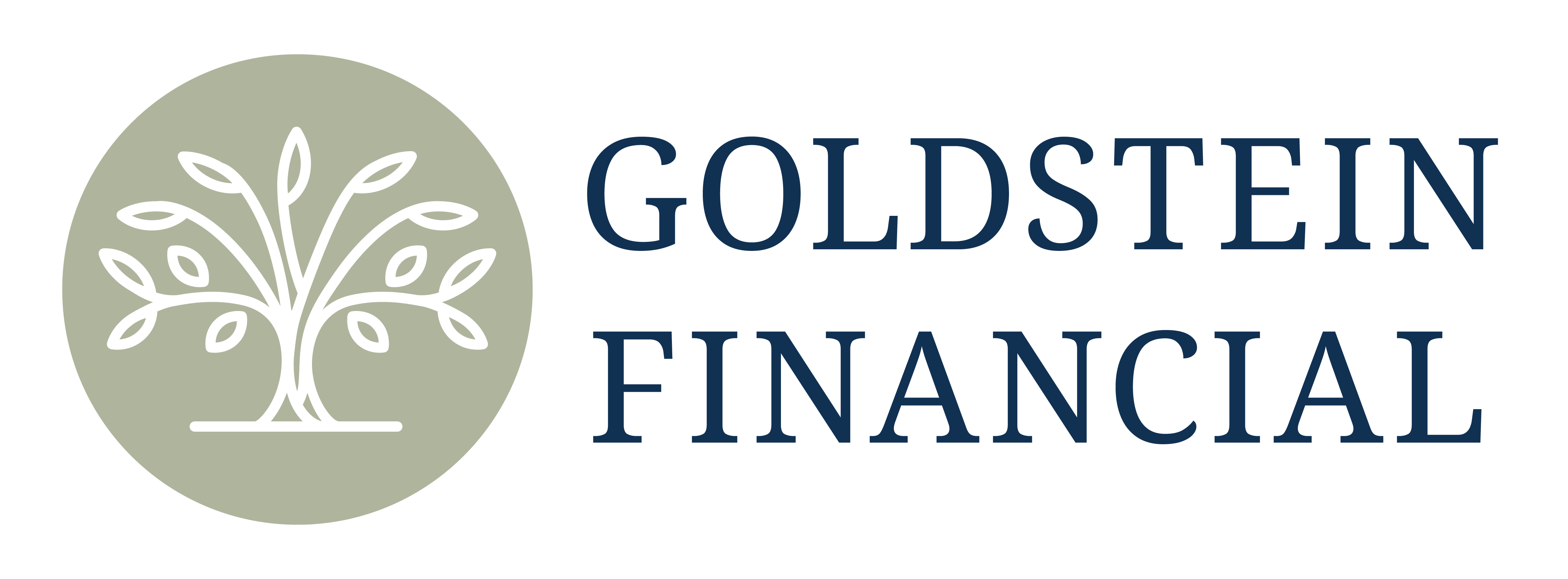For individuals in their 40s, 50s, and 60s, retirement planning shifts from a distant thought to an urgent reality. According to Fidelity, the average 50-something has less than $250,000 saved—far short of the $1.5 million many experts suggest for a comfortable retirement. But don’t panic. The key isn’t where you are now.
It’s what you do next.
Whether you’re working with a financial advisor or navigating the path yourself, this is your chance to course-correct for the years ahead. Let’s take a look and see where you stand.
Define Your Retirement Number
Before you make changes, you need a target. Your “retirement number” is the total amount you’ll need to support your lifestyle once you stop working.
Questions to ask:
- What kind of lifestyle do you want?
- When do you want to retire, and how long might retirement last?
- What’s your annual spending goal in today’s dollars?
For a quick estimate, multiply your expected annual retirement expenses by 25. If you’ll need $80,000 per year, your goal is $2 million. If that number feels out of reach, don’t panic. There are tools to help close the gap.
Supercharge Contributions Now
Your 50s are peak earning years, and the IRS lets you take advantage. In 2025, those over 50 can contribute an extra $7,500 to a 401(k) and $1,000 more to an IRA. The SECURE 2.0 Act also introduces enhanced catch-up contributions for people aged 60 to 63.
Are you on track?
- You’re contributing at least 15% of your income.
- You’re maxing out retirement accounts where possible.
- You’ve taken full advantage of employer matches.
Retirement planning services can help you identify missed opportunities.
Balance Growth and Protection
You want your money to grow, but you also want it to be there when you need it. That means shifting your asset allocation as you approach retirement.
Smart moves include:
- Rebalancing your portfolio at least annually.
- Gradually adjusting from aggressive growth to moderate or conservative positions.
- Diversifying across asset classes to cushion against volatility.
Many investors in their 50s move to a 60/40 portfolio (60% equities, 40% bonds), but this should reflect your risk tolerance and goals. A qualified financial advisor can help tailor your investment mix to your timeline.
Plan Ahead for Healthcare Costs
One of the most underestimated expenses in retirement is healthcare. A 65-year-old couple retiring today can expect to spend around $330,000 on healthcare over the course of retirement, not including long-term care.
What to consider:
- Maxing out an HSA if you’re eligible.
- Planning for out-of-pocket Medicare costs, which can add up.
- Considering long-term care insurance or hybrid policies.
Learning how to plan for retirement does include planning for healthcare, especially if you’re aiming to protect both your savings and your family.
Be Smart About Taxes
Tax diversification means having a mix of tax-deferred (401(k), IRA), tax-free (Roth), and taxable accounts lets you manage income strategically in retirement.
Strategies:
- Roth conversions in lower-income years.
- Creating a withdrawal plan that minimizes tax hits.
- Using capital gains treatment in taxable accounts to your advantage.
The goal? Make your money last longer by keeping more of it.
Don’t Let Debt Derail You
Retirement with debt isn’t ideal, but it’s manageable if you plan.
Checkpoints:
- Pay off high-interest credit cards first.
- Refinance or pay down your mortgage if it improves cash flow.
- Avoid new long-term loans late in your career.
The lower your fixed expenses, the more flexibility you’ll have when your income becomes fixed too.
Have an Estate Plan in Place
Estate planning ensures your assets go where you want and reduces stress for your loved ones.
Make sure you have:
- A current will or trust.
- Named beneficiaries on retirement and insurance accounts.
- Powers of attorney for both financial and medical decisions.
A financial advisor or fiduciary can review your documents and help ensure your plan is legally and strategically sound.
It’s Not Too Late
Midlife isn’t the end of your planning journey; it’s a turning point. Whether you’re behind or ahead, now is the moment to reassess and move forward with purpose.
Knowing how to plan for retirement starts with knowing where you stand today. And if you’re not sure, that’s what professionals are for.
Ready to close your retirement gap? Our retirement planning services are built around your life, not the other way around. Schedule a consultation with Goldstein Financial to get a clear picture of your next steps.
